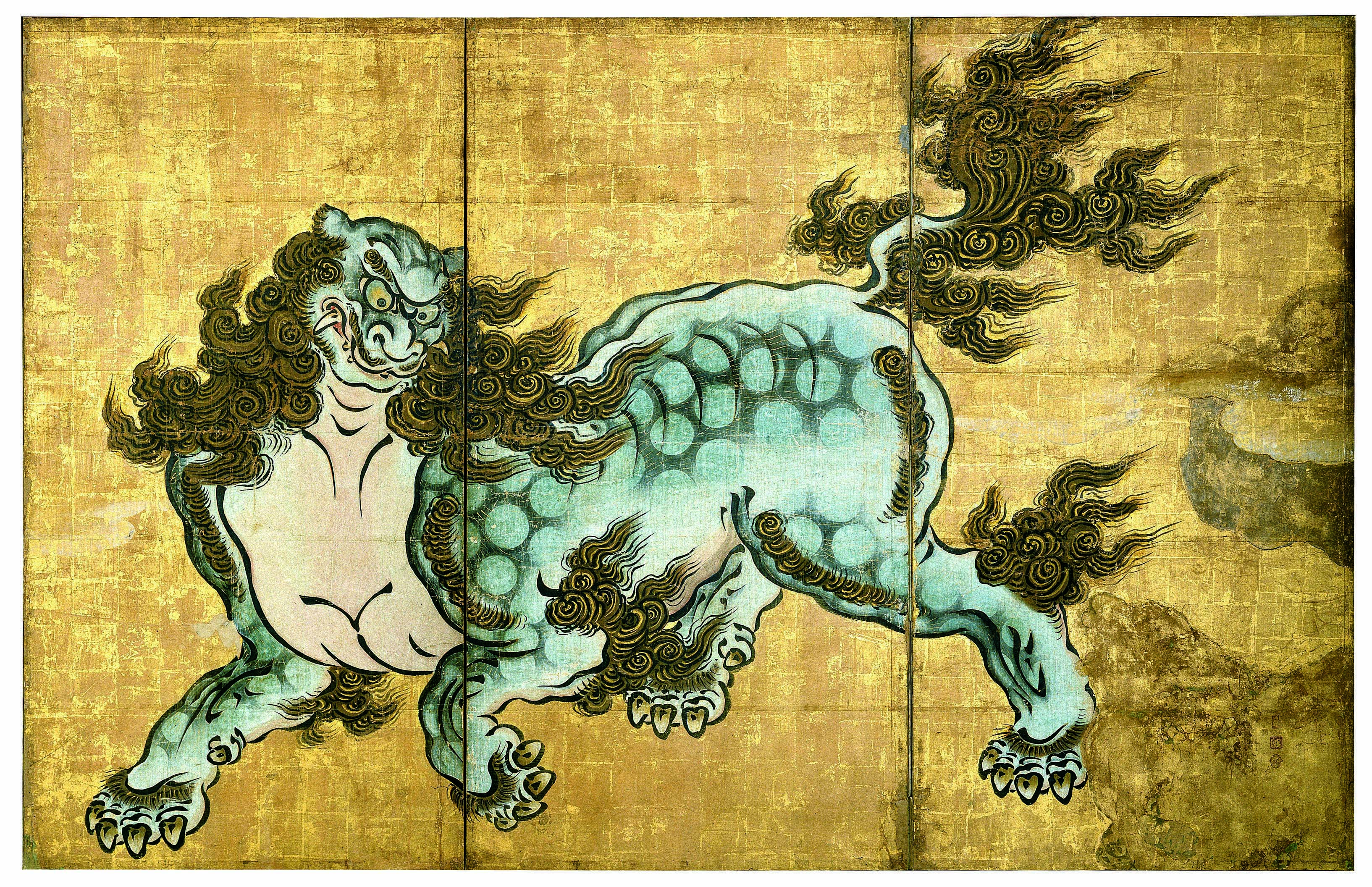Kyoto National Museum's "Kano Painters of the Momoyama Period: Eitoku's Legacy" is the follow up exhibition to the 2007 "Kano Eitoku, Momoyama Painter Extraordinaire" and focuses on Eitoku's successors who produced work during the period 1596-1615.
The current year marks the 400th anniversary of the transfer of political power from the Toyotomi clan to that of the Tokugawa, a period from which the Kano school of painters ascended to become the dominant academy patronized by the political and cultural elites across the centuries thereafter. It was only in the later 19th century that their artistic centrality began to wane, though it became the basis of modern Japanese-style painting (nihonga), particularly in Tokyo.
Eitoku was a painter who's monumental and colorful style made him extremely influential. With his unexpected death in 1590, the familial school found itself in the precarious position of having to jockey with rising competing schools — such as that led by Tohaku Hasegawa (1539-1610) and the Unkoku school — for influence and patronage. Eitoku had been patronized by the military unifiers of Japan such as Nobunaga Oda and Hideyoshi Toyotomi, and he had created an ebullient style of painting that catered to the tastes of his outgoing patrons — bold, brilliant and gold.



